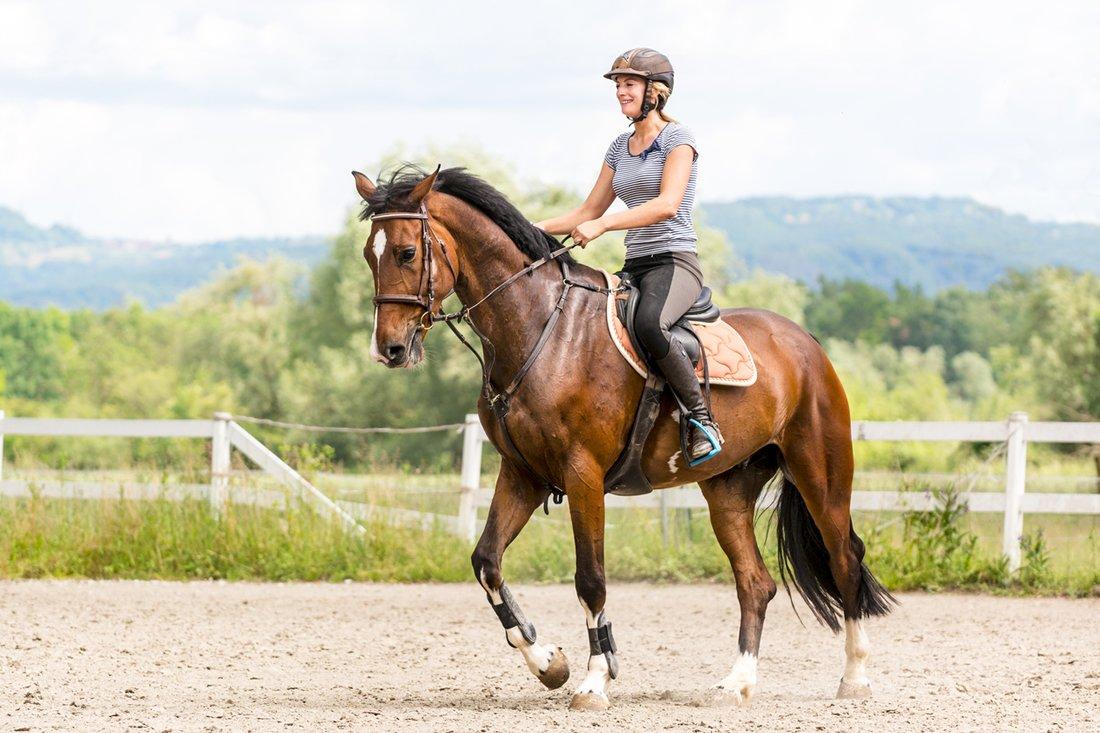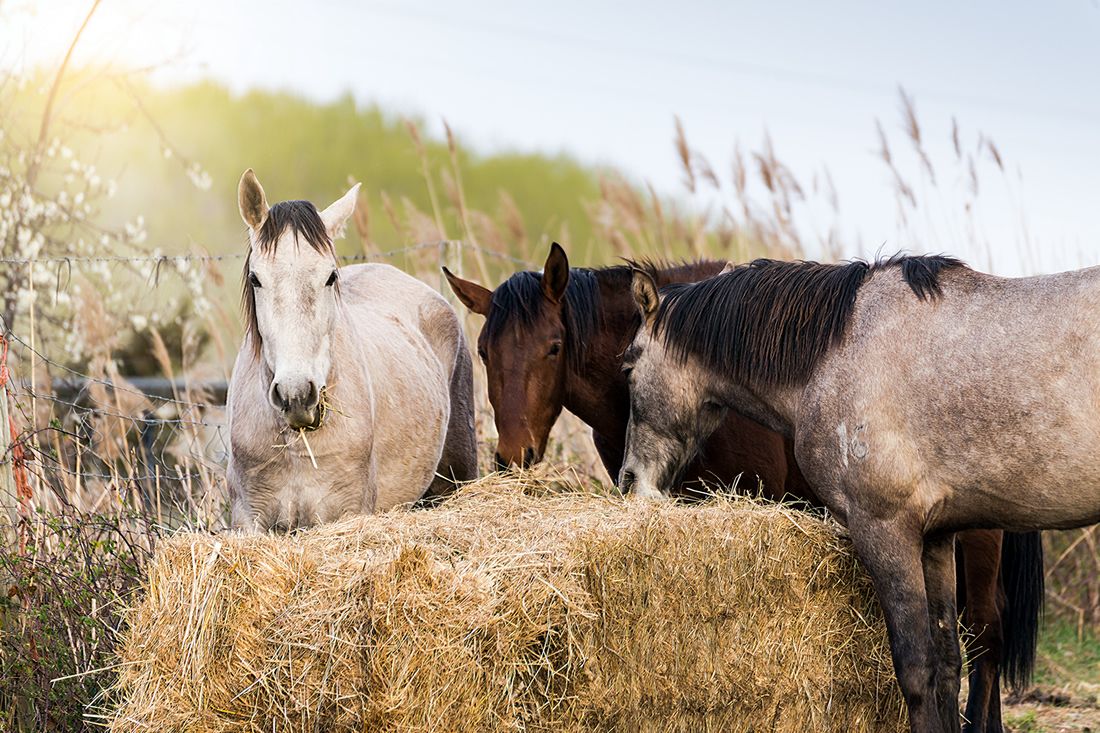Have you ever been excited to start your horse on a new supplement and find that they suddenly refuse to eat their grain? Or somehow eat everything in their bucket but the new supplement?
If this has happened to you, don’t be discouraged – horses don’t like change!
Sometimes, ensuring that your horse is meeting all their nutritional requirements means adding a concentrated vitamin and mineral supplement into their feeding program.
Horses are sensitive to feed changes and very perceptive to new smells, tastes, and textures.
At Mad Barn, we’ve learned a few tricks along the way to help ease the process of introducing a new supplement to your horse. Here, we present some tips and strategies for acclimating your horse to a new supplement and what you can expect with the process.
Where Does This Behavior Come From?
Horses are naturally very cautious when it comes to new feeds. When you add on to this innate behavior an extremely heightened sense of smell, you have yourself an animal that can be very resistant to changes in their feeding program. This is especially true if those feeds aren’t as rich in taste as what they’re used to eating.
Feed refusal can be extremely frustrating as a horse owner, especially if you have spent a lot of money on a new supplement that you know will benefit your horse’s health. Sometimes what is best for your horse’s health may not be the tastiest at first.
This can be a real problem because no horse owner wants to deprive their horse of tasty food or nutrients!
Concentrated equine mineral and vitamin formulas, like Omneity or AminoTrace+, or gut health supplements like Visceral+, contain high levels of quality nutrients that can stand out to a horse, leading to refusal. Getting these nutrients into your horse, however, is imperative for optimal health and performance.
Here are some suggestions to get your horse started on a new supplement.

Tips & Tricks for Introducing a New Supplement
Start With a Very Small Amount
As a first step, provide the supplement separately from the rest of their feed for a few days. This allows the horse to get used to the smell and investigate the new supplement without impacting their normal feeding routine.
Next, when it comes time to start introducing the supplement into the feed, start slow. Try one pellet or pinch at a time and gradually work up to the full recommended feeding rate.
This may take a week or two, but most horses will come around if given enough time.
Mix it With Other, Tastier Feeds
If gradual introduction isn’t quite doing the trick, your horse may eat the supplement more readily if it is disguised with a tastier feed. If you already feed any of these feed ingredients, then it shouldn’t be anything new to your horse:
- Plain beet pulp
- Forage pellets or cubes
- Fenugreek seeds or powder
- Peppermint leaves or extract
- Cinnamon
- Ground flaxseed
- Apple sauce
- Molasses & Oats
- Mix 1 tablespoon of molasses with a handful of oats.
- Oil (vegetable, flaxseed, w-3 Oil)
- Adding a small amount of oil (assuming your horse likes oil) does a good job of covering up any smell and making powders stick to any other feeds you may be giving.
An easy trick for speeding the process up is to feed a very small handful of oats mixed with molasses a couple of times, and then slip a small amount of the supplement in your palm under the oats and molasses. Don’t be alarmed if your horse spits the whole thing out (remember – you just introduced something foreign to them). After a few repetitions, the new supplement will no longer be foreign!
Whichever you choose, stick with it for several days before trying a different option. Again, it can take a few days for horses to acclimate to any new feed.
Keep in mind that if your horse has a metabolic disorder, like Metabolic Syndrome or PPID (Cushing’s Disease), it is best to avoid sugary ingredients that could exacerbate insulin dysregulation. This includes molasses or other sugary syrups, oats, and sweetened apple sauce or peppermint treats.
Soak The Feed
If the supplement is in a powdered form, it may be helpful to soak the feed mixture with water. The water will help the powder stick to the rest of the feed, which will discourage any sorting of the feed and may speed up the acceptance rate of the new supplement.
If you are feeding forage cubes, forage pellets or beet pulp, it may already be soaked and so mixing the supplement into the feed is easily done.
Summary
When all is said and done, patience and persistence are the keys to success! You may have to persevere through some temper tantrums and dramatic antics in the early stages of introducing a new supplement, but most horses will eventually accept the new routine if given enough time.
Remember, horses are creatures of habit and they are going to be very cautious of anything different or foreign.
It can take a week or two to get your horse fully accustomed to a new supplement. Although the process may take some trial and error, you can rest assured that your horse will be getting a fully balanced diet by incorporating a well-balanced supplement.
Do you have any tips or tricks for other horse owners introducing a mineral and vitamin to their horse? Let us know in the comments!
For a full nutritional evaluation of your horse’s diet and advice on equine nutrition, contact Mad Barn today.












Leave A Comment